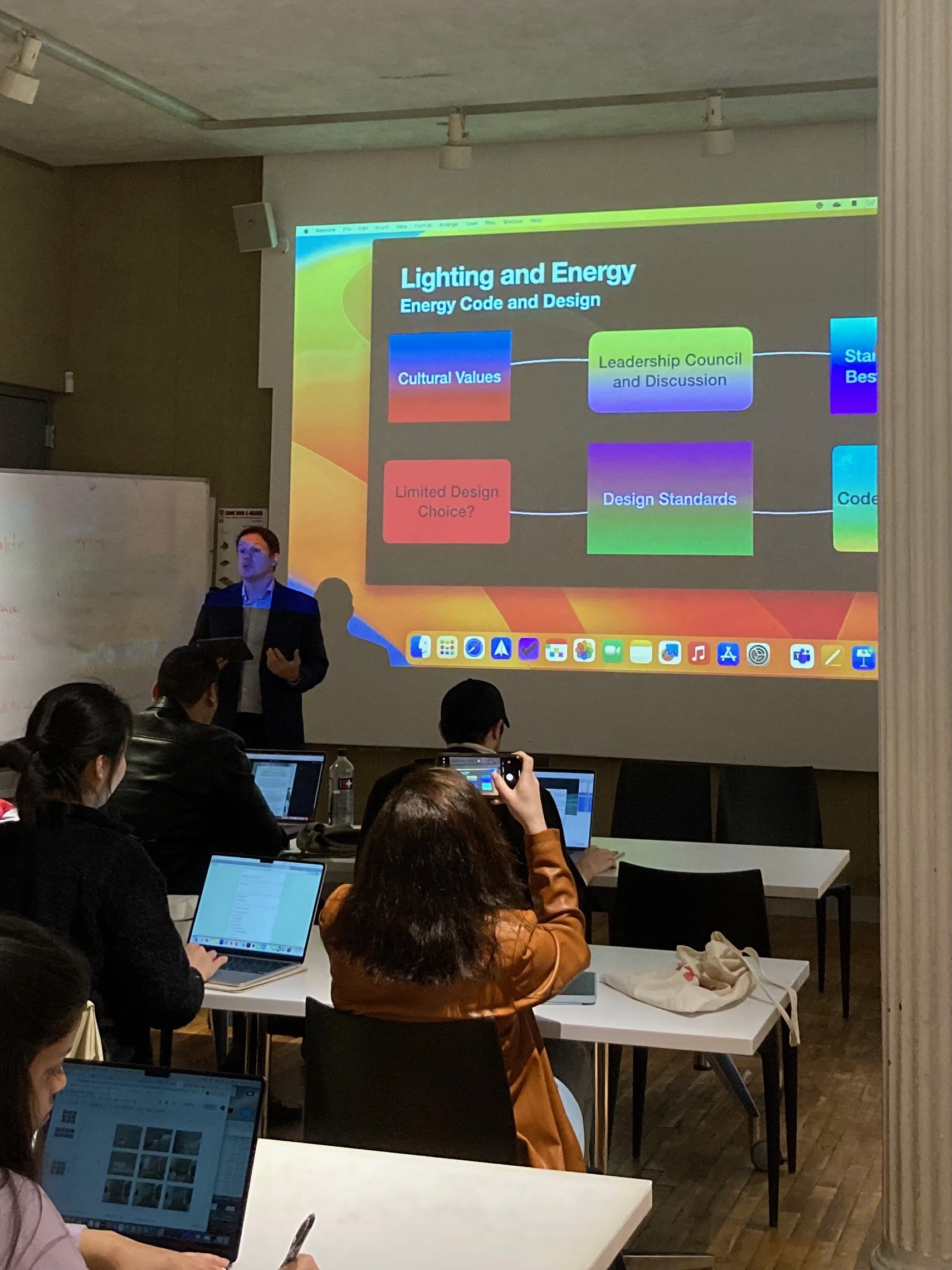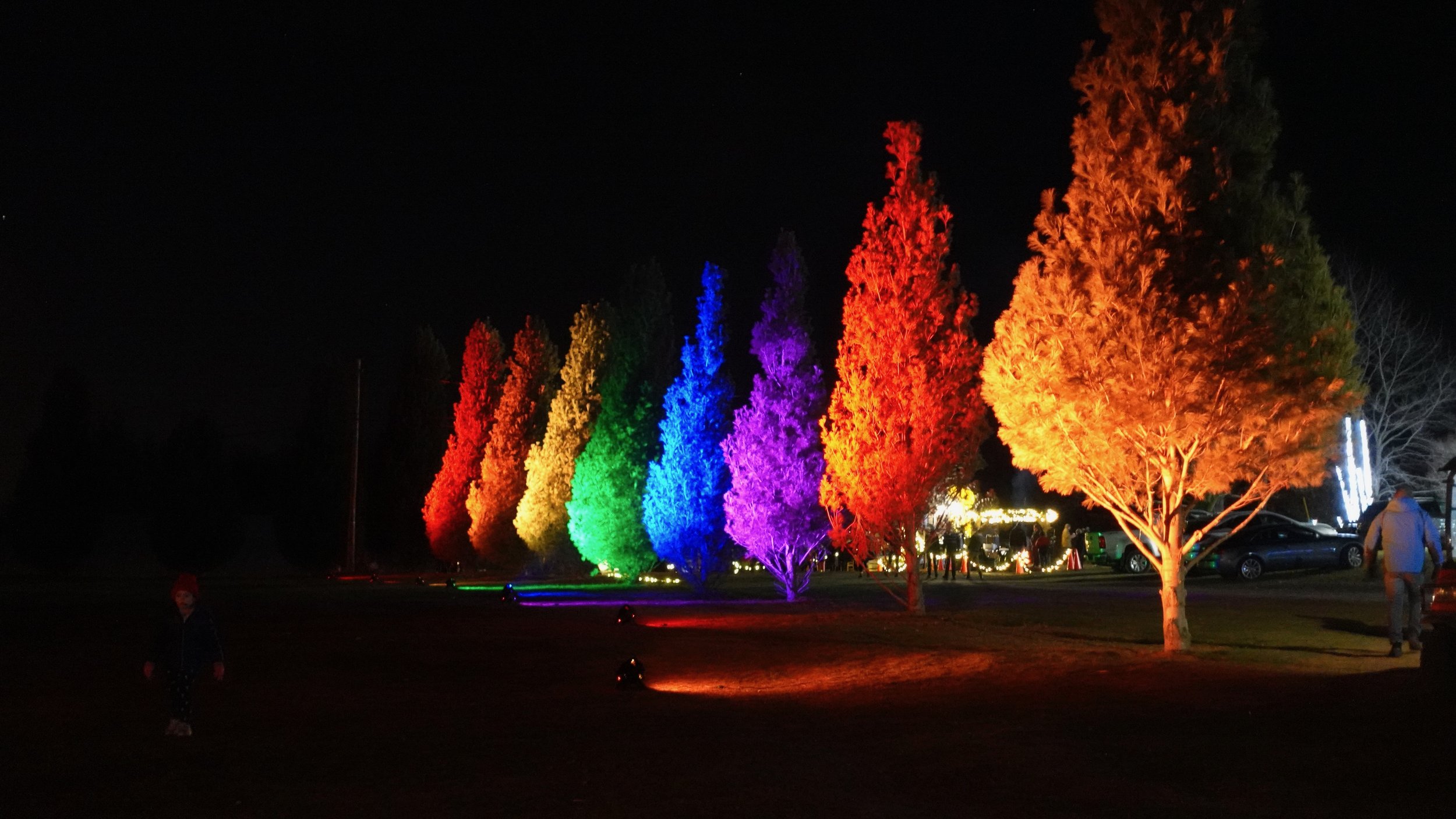LED Light and the (Imagined) Perfect Past
Last week, I shared an article from NY Magazine about LED light bulbs that I thought was an essential read for anyone in the industry. The light bulb remains the way most people engage with light and we are failing there as an industry.
This kind of subtle variation in a linear source was unthinkable in the age of fluorescent.
But this week I’m thinking about the gap between LED performance and the imagined performance of previous light sources. I am old enough to remember T5, T8, and T12 fluorescent, I have hot-aimed AR111 super spots, re-lamped 750-watt source fours, and of course touched thousands of MR16s. And I can tell you, while LEDs aren’t perfect, neither were the lionized sources of the past.
Before LEDs, decorative like these from RBW weren’t possible. Infinitely color-changing sources like this from Insight have revolutionized architectural lighting.
Fluorescent was a nightmare
Standardized lengths, socket shadows, debilitating flicker, and terrible dimming were standard operating features in the old days of fluorescent linear lighting. Now lighting designers demand smooth dimming down to 0.1% percent. In the fluorescent days, we were happy when the lights didn’t burst on and off like a confetti cannon.
Correction fluorescent is still a nightmare.
Halogen wasn’t so great, either.
Yes, I remember the AR111 fondly. Being able to hit a mannequin dead center with zero spill from a track head 30 feet away was incredible. But I also remember plenty of junk MR16 lamps; anyone my age or older does too. Remember those medium flood lamps with random dark spots in the beam? Remember the 50-degree lamps with the striations in the reflectors? That’s how we got to solite lensed downlights…to forgive the issues of the MR16.
It wasn’t all that long ago that this kind of performance in such small energy efficient form factors was a dream.
They (generally) dimmed beautifully. But of course, the end of life wasn’t always beautiful. Remember the reflectors that turned green as they faded? Remember how the tungsten would move from 2850K toward 2400K as it got to the end of its life? Remember how that happened everything 3000 hours instead of every 75,000? Remember how they would get spot re-lamped, and some parts of the restaurant were crisp white havens of beautiful faces and vibrant food, and other corners were pale green/brown as the light waivers close to death?
Color Consistency
Part of being a lighting nerd in the 90s and 2000s was knowing the subtle differences between lamp manufacturers. GE was more pink, Philips was more green, Osram more yellow. The problem was the maintenance guy definitely did not know that. So when the CFL lamp or MR16 or PAR30 died, they definitely did not buy the one you specified when the job was being built. Designers (rightfully) ding LED for giving inconsistent color, but 60 days into a halogen or fluorescent installation, you could see some wildly different colors.
Not perfect, but better
I’m not even raising Metal Halide, Mercury Vapor, or High Pressure Sodium lamps. More highlights of the bad old days. LED isn’t perfect, but neither were the light sources of the past.











